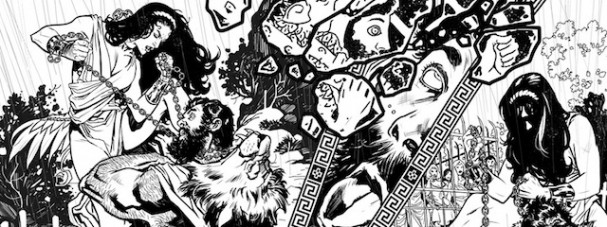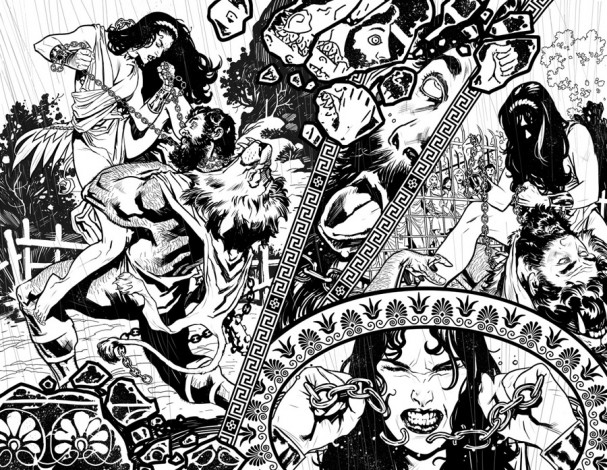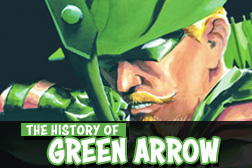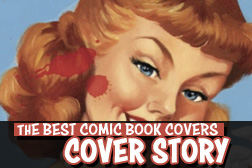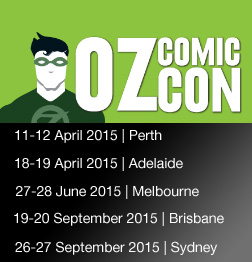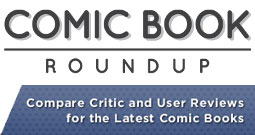Speaking with Hero Complex at LA Times, writer Grant Morrison discusses reworking Wonder Woman for his new Elseworlds graphic novel Wonder Woman: Earth One. In the tradition of J. Michael Straczynski’s Superman: Earth One and Geoff Johns’ Batman: Earth One, the 120-page graphic novel will feature art by Yanick Paquette and update the origin story of the mighty Amazon princess.
Speaking about why he wanted to tackle the character, Morrison candidly admits it came from a place of annoyance with the character:
“I’d done it before in “Justice League,” but she’s always been a kind of presence. And there’s something about the character that really annoyed me, to be honest, because I couldn’t quite get a hook on her. I felt like there were a lot of really strange contradictions in there…. And because it was a challenge to most people. If you read about filmmakers talking about Wonder Woman, it’s always, “Oh, we can’t make a Wonder Woman film because people wouldn’t buy into this, this, this or this.” So it seemed that it was a challenging character. And because I’d done Superman and Batman, I really wanted to do the DC trinity of major characters. So I kind of came to it ‘round the back door, but finally realized, “Yeah, I really want to do something with this and see if I can make it work in a way that I’d like to see it working.”
Morrison goes on to say that he won’t be influenced by the modern versions of the character, like Gail Simone or Brian Azzarello’s takes, but rather go back to the original William Moulton Marston stories, and even the Lynda Carter TV series:
“It’s not a comic about superheroes punching each other. It’s about the sexes and how we feel about one another, and what a society of women cut off from the rest of the world for 3,000 years might look like, and what kind of sexuality, what kind of philosophy, what kind of science would that have developed, and how would that impact our world if it actually suddenly became apparent that these women existed. So for me, that was always the original Wonder Woman story, but when you hear it retold, there’s a lot of potential in there to talk about the way we live today and the way the sexes view one another, especially in an age when pornography has become so ubiquitous, to go back to this sort of strange eroticism that Martson had. I think it is a really interesting way to talk about the issues we have in the world today.”
Click image to enlarge

